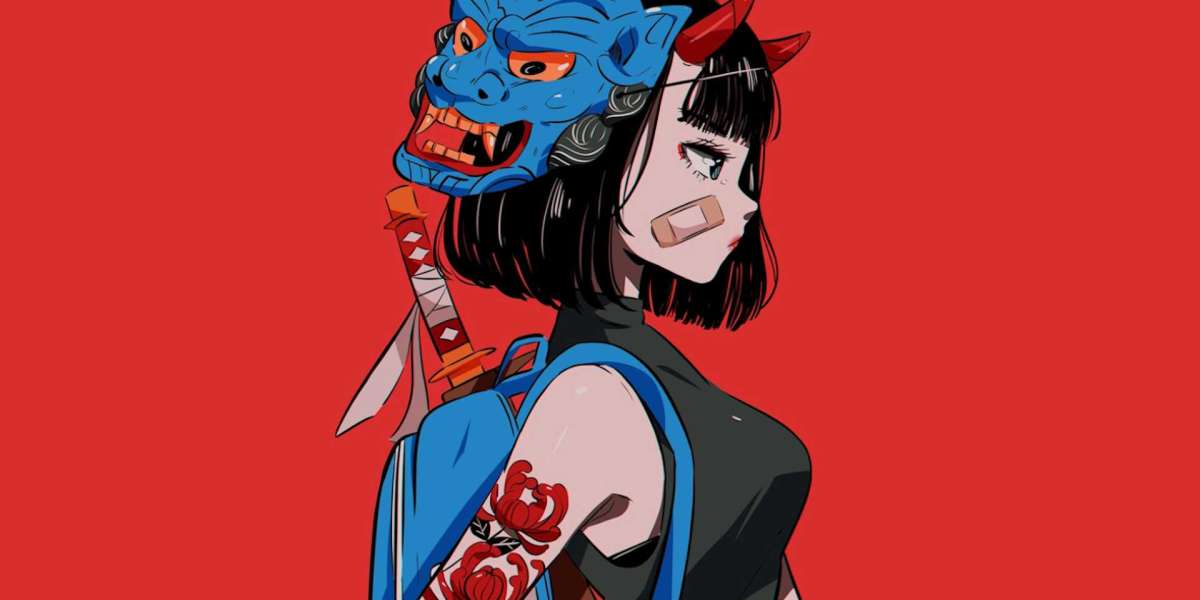3D printing has revolutionized manufacturing, offering unprecedented flexibility and customization. However, understanding the material costs for 3D printing is crucial for both hobbyists and professionals. This article delves into the various factors that influence these costs, providing valuable insights for anyone looking to optimize their 3D printing projects.

Types of Materials Used in 3D Printing
The first step in understanding material costs for 3D printing is recognizing the different types of materials available. Each material has unique properties and price points. Common materials include:
- PLA (Polylactic Acid): A biodegradable plastic that is affordable and easy to print.
- ABS (Acrylonitrile Butadiene Styrene): Known for its strength and durability, but requires higher temperatures.
- PETG (Polyethylene Terephthalate Glycol): Offers a balance between ease of use and strength.
- Resins: Used in SLA printing, these can be more expensive but provide high detail.
Each material's cost can vary significantly based on its properties and the manufacturing process involved. Understanding these differences is essential for managing your budget effectively.
Factors Influencing Material Costs
Several factors contribute to the material costs for 3D printing. These include:
- Material Type: As mentioned, different materials come with varying price tags. Specialty materials like nylon or metal composites can be significantly more expensive.
- Supplier Pricing: Prices can fluctuate based on supplier, location, and market demand. Always compare prices from multiple suppliers.
- Volume and Weight: The amount of material required for a print directly affects costs. Larger prints will naturally incur higher material expenses.
- Quality and Brand: Premium brands often charge more for their materials due to quality assurance and consistency.
By considering these factors, you can make informed decisions that align with your budget and project requirements.
Optimizing Material Costs for 3D Printing
To effectively manage material costs for 3D printing, consider the following strategies:
- Plan Your Prints: Design your models to minimize material usage without compromising quality.
- Use Open-Source Designs: Many communities share free designs that can save you time and material.
- Experiment with Settings: Adjusting print settings can lead to material savings. For instance, reducing infill can lower material usage.
By implementing these strategies, you can significantly reduce your overall material costs while still achieving high-quality prints.
Conclusion
Understanding the material costs for 3D printing is essential for anyone involved in this innovative field. By recognizing the types of materials available, the factors influencing their costs, and strategies for optimization, you can make informed decisions that enhance your 3D printing experience. Whether you are a hobbyist or a professional, being mindful of these aspects will lead to more efficient and cost-effective printing.







